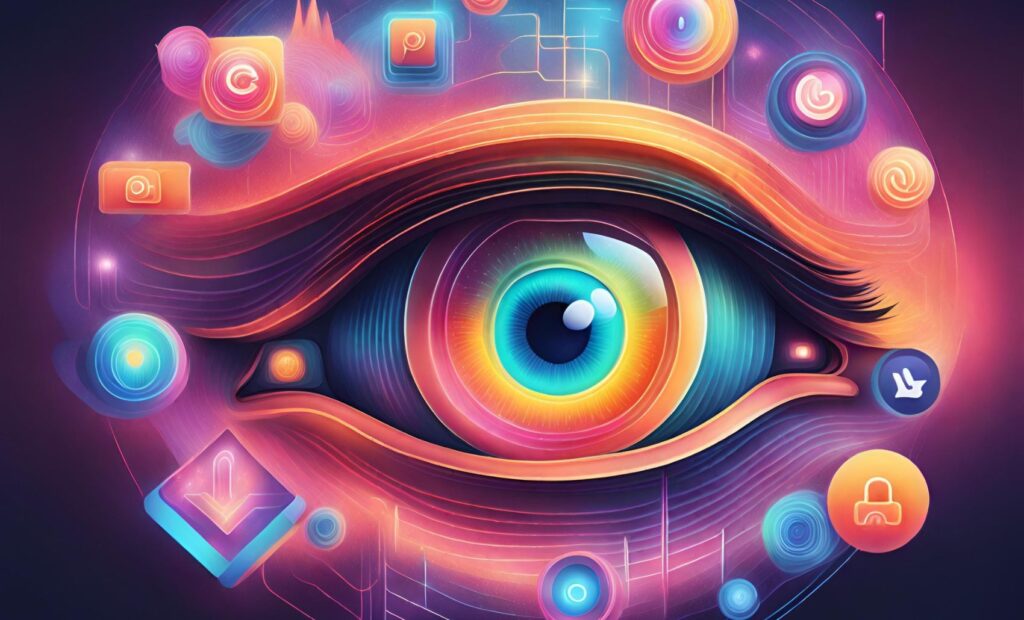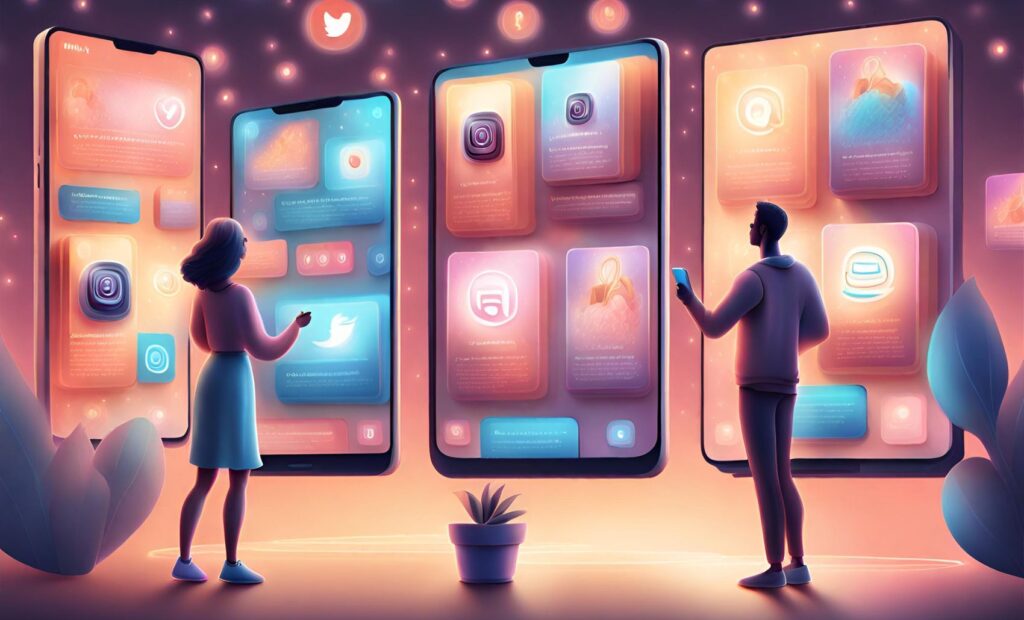In the ever-evolving landscape of social media, staying ahead of the curve is vital. One of the game-changers in recent years has been the rise of Generative AI. This powerful technology has opened up new avenues for content creation, personalization, and engagement. In this post, we’ll explore how you can leverage Generative AI to master your social media strategy.

The Role of Generative AI in Social Media
Generative AI, such as GPT-4 and Claude, has been revolutionizing the way content is created and delivered on social media. These AI tools are capable of generating personalized content based on user interests and behavior patterns. This means that each piece of content can be tailored to the individual user, leading to higher engagement and conversion rates.
Practical Applications of Generative AI
Generative AI is not just a theoretical concept; it has practical applications that can significantly enhance your social media strategy. For instance, Generative AI can be used for tasks such as word completion and image generation. It can also be used to ensure the ethical use of AI technologies, a key consideration in today’s digital landscape

The Power of Personalization
One of the key benefits of Generative AI is the ability to create personalized content. This is a game-changer in terms of engagement. By crafting content that is specifically tailored to each user, you can significantly increase engagement and conversion rates. This has been highlighted in numerous studies and was a common theme in our analysis of the top 5 YouTube videos on this topic

Ethical Considerations
As with any technology, it’s crucial to consider the ethical implications of using Generative AI. This includes issues such as privacy, transparency, and the importance of labeling AI-generated content. By addressing these considerations upfront, you can ensure that your use of Generative AI aligns with best practices and ethical standards.
7 Generative AI tools

Generative AI provides numerous ways to create personalized content on social media. Here are some specific examples and links to best AI tool for this case:
Automated Content Creation: Generative AI can automate the process of content creation. For instance, tools like OpenAI’s ChatGPT and generative AI models like Midjourney can craft posts, design visual elements, or even generate short video clips much faster.
→ Later’s Caption Writer: Later’s AI Caption Writer for Instagram can help you save time, streamline your workflow, and get inspiration for writing engaging captions.
AI voice generator : With AI-Generated Voice with the introduction of AI voice generators, like Descript’s Overdub and Google’s Wavenet, content creators can now engage their audiences in a more dynamic and personalized manner.
→ Murf AI: Murf AI is a versatile AI voice generator that allows users to create natural-sounding voiceovers in minutes. Choose from over 120+ text to speech voices in 20+ languages, add video, music, or image, play with pitch and emphasis, and turn home recordings into professional voiceovers.
Murf AI can be used for podcasts, videos, professional presentations, e-learning content, explainer videos, and more.
Multilingual Reach: Expanding your social media reach to a global audience is often challenging, especially if language barriers come into play. AI voice generators are a game-changer in this regard. They can instantly translate and voice content in multiple languages, enabling you to connect with diverse audiences.
→ wavel.ai: Make your videos talk in Multiple Voices with Multilingual Voiceover, upload and simply generate Voiceover in few clicks
→ Later’s Ideas Tool: Later’s AI-powered Ideas tool generates unique, on-brand content ideas for your social media profiles. Generate core themes or topics for your brand.
Personalized User Experiences: Generative AI can analyze customer behavior, preferences, and browsing history to help target content to specific audiences. Personalizing content can make it more relevant to the audience, potentially increasing engagement and conversion rates.
→ Buzzsumo:BuzzSumo offers tools for content discovery, research, and monitoring.
Image Generation for Social Media Posts: Generative AI can generate imagery for social media posts. For example, AI tools, like Photosonic, allow the addition of text annotations and filters. Some tools also help generate artwork-like visuals by converting real images or text prompts uploaded by the user.
→ Cortex: Cortex AI helps marketers create and deploy high-performing content: Insights, content strategy, creation, reporting, advertising, competitor tracking, profile management
Text and Visual Content Generation: Generative AI uses text-to-image, image-to-video, image-to-image and other varieties of algorithms to create unique content like images, video, music, and text. Tools like Lately learn from your past social media posts and generate the most effective content to scale your campaigns.
→ Canva’s Magic Design: Canva’s Magic Design tool takes the complexity out of graphic design by simplifying the overall design process. By leveraging AI, this tool analyzes your text and images, transforming them into personalized and beautiful designs. With Canva’s Magic Design, even those without a background in design can easily create compelling visuals for their social media posts.
By utilizing these capabilities, marketers can create personalized and engaging content that resonates with their audience, leading to increased engagement and conversion rates.
Mastering Social Media with Generative AI

Generative AI offers exciting possibilities for mastering social media. By leveraging this technology, you can create personalized content, enhance engagement, and stay ahead of the curve. However, it’s important to use this tool ethically and responsibly. With the right approach, Generative AI can be a powerful ally in your social media strategy.
While Generative AI can automate many aspects of social media management, it’s important to remember that it’s a tool to assist, not replace, human creativity and strategic thinking. So, embrace the technology, but always keep your unique brand voice and audience at the heart of your strategy.




